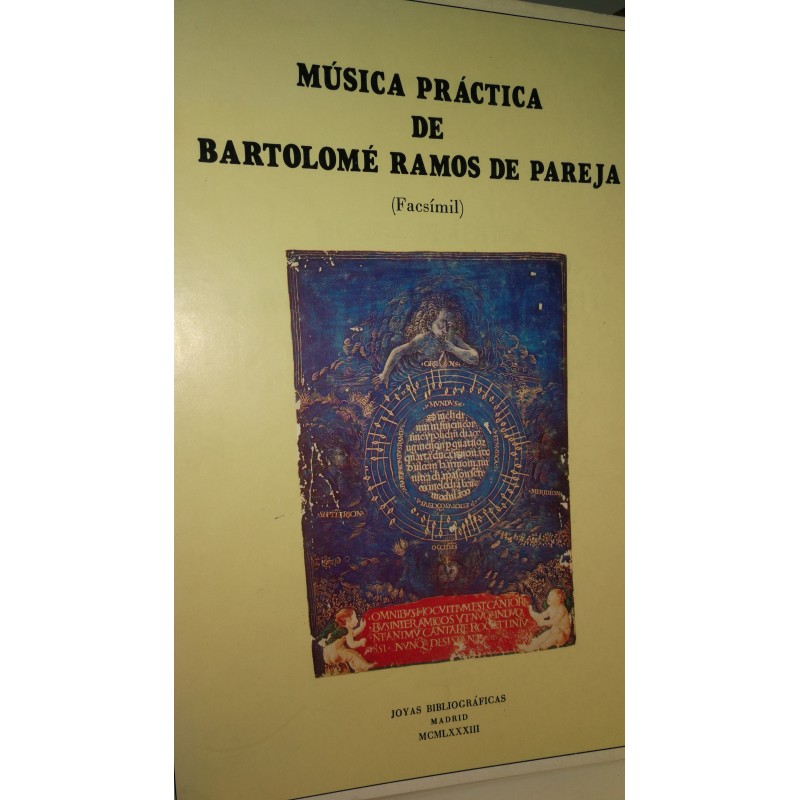


#PRACTICA MUSICA NOT RESPONDING HOW TO#
From simply forgetting where you left your car keys, to not being able to remember someone’s name, all the way through to forgetting how to get home or not recognizing family members. We can experience memory loss in a ton of different ways. Some people seem very gifted at rotating three-dimensional objections, while others struggle at this task – which shows we all have varying abilities. You can increase the difficulty of a calculation test by asking the participant to perform multiple calculations, using larger numbers, or more numbers.Ī rotation task tests your working memory by having you perform mental rotations within your visuospatial sketchpad. This is a decent test, and as you can see in the data below, there is quite a nice distribution of test scores: The correct answer in this case would be “8, 11, 13”. For example, let’s say you are given the numbers “4, 7, 9”. You must remember those numbers while manipulating them. First, the test will give you a few numbers. Here is the data from my initial 5000 test-takers:Ī calculation task is simple, but requires focus. I actually get quite a few emails where people are confused, so in version 2, I’ll try to make this more clear. This test is obviously a bit more difficult, and I assume that a few test-takers aren’t able to understand the function. You can refer to the image below to help understand: If it asked you for 2 numbers ago again, the answer would be 89.
#PRACTICA MUSICA NOT RESPONDING PLUS#
Then… it will show you a new number and you have to remember the first string of numbers, plus this new number. The “N-Back” part comes from the test asking you what number appeared “N” numbers ago.įor example, the test may show you “20, 34, 89” and ask you “What was the number 2 numbers ago?”. Essentially, there will be a master list of numbers you must try to memorize. N-Back TestĪn N-Back Test is a common working memory test that may be difficult to understand if you’ve never heard of it before. There are a few different forms of testing working memory, and this test uses 3 different variations. Working memory is the ability to use, manipulate and perform complex tasks on numbers, letters, and items. It seems almost everyone is able to correctly identify the original 3 animals as you can see in the data above. Right now, I am only asking you to remember 3 animals for around 5-10 minutes.

This test may need some modifications to accurately find the limits of human memory. In this test, we are measuring the participants ability to recall their explicit memory with animal images. There are two types of long term memory: implicit and explicit. In this memory test, we use animal images to test your visual memory by showing you 3 animals at first and asking you to recall the same 3 animals at the end. In Cognitive Psychology, long term memory is classified as information stored and retrieved for longer than a few minutes. This form of memory usually doesn’t last more than 18 seconds, unless rehearsed. As you can see, 4 is the most common digit where all the digits are correctly memorized and recalled. Here is the data from the memory test above, with around 5000 results.

This means an average short term memory can hold 5 to 9 digits. According to research, the magic number most people remember is “7 plus or minus 2” items. This test will become more difficult as more digits are added, and digits are continuously added until the user starts forgetting the digits. Then, the numbers are taken off the screen and the user is asked to type the numbers they remembered in. The user is shown multiple digits of numbers and asked to remember them. Next, let’s dive into each specific category! Short Term Memory TestĪ short term memory test is very self-explanatory. The x-axis is the score, while the y-axis is the number of scores. Here is the overall distribution of data based on the “total score” given at the end of the test: As of right now, there have been around 5,000 people take this memory quiz, and with that, I have compiled some graphs to help students and teachers better understand where they lie among the general population that takes this test.


 0 kommentar(er)
0 kommentar(er)
